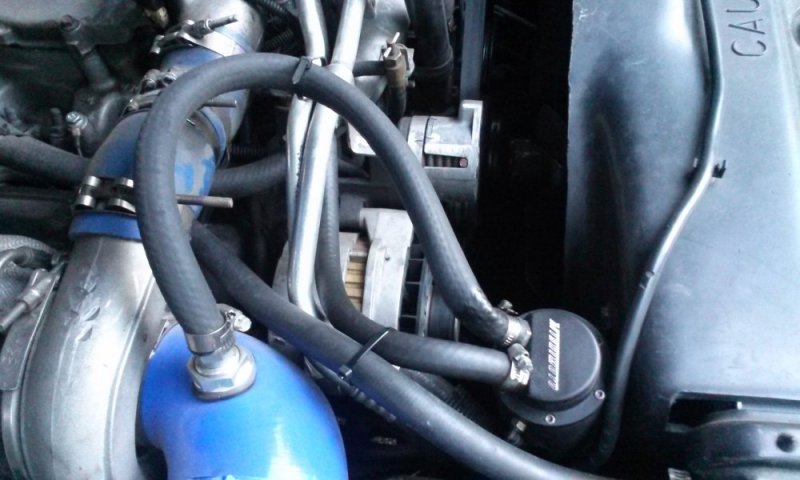Quadstar Tuning LLC
Quadstar Tuning LLC
Has anyone come up with a creative catch can setup that can actually separate oil and water from the CDR tube? I just put an HX40 on and want to keep the intake clean but the draft tube is messy and noticeable at idle. I've read the provent can't handle this application.
Maybe something from a big rig or custom setup will work if anybody can make it?
Sent from Tapatalk
Maybe something from a big rig or custom setup will work if anybody can make it?
Sent from Tapatalk

